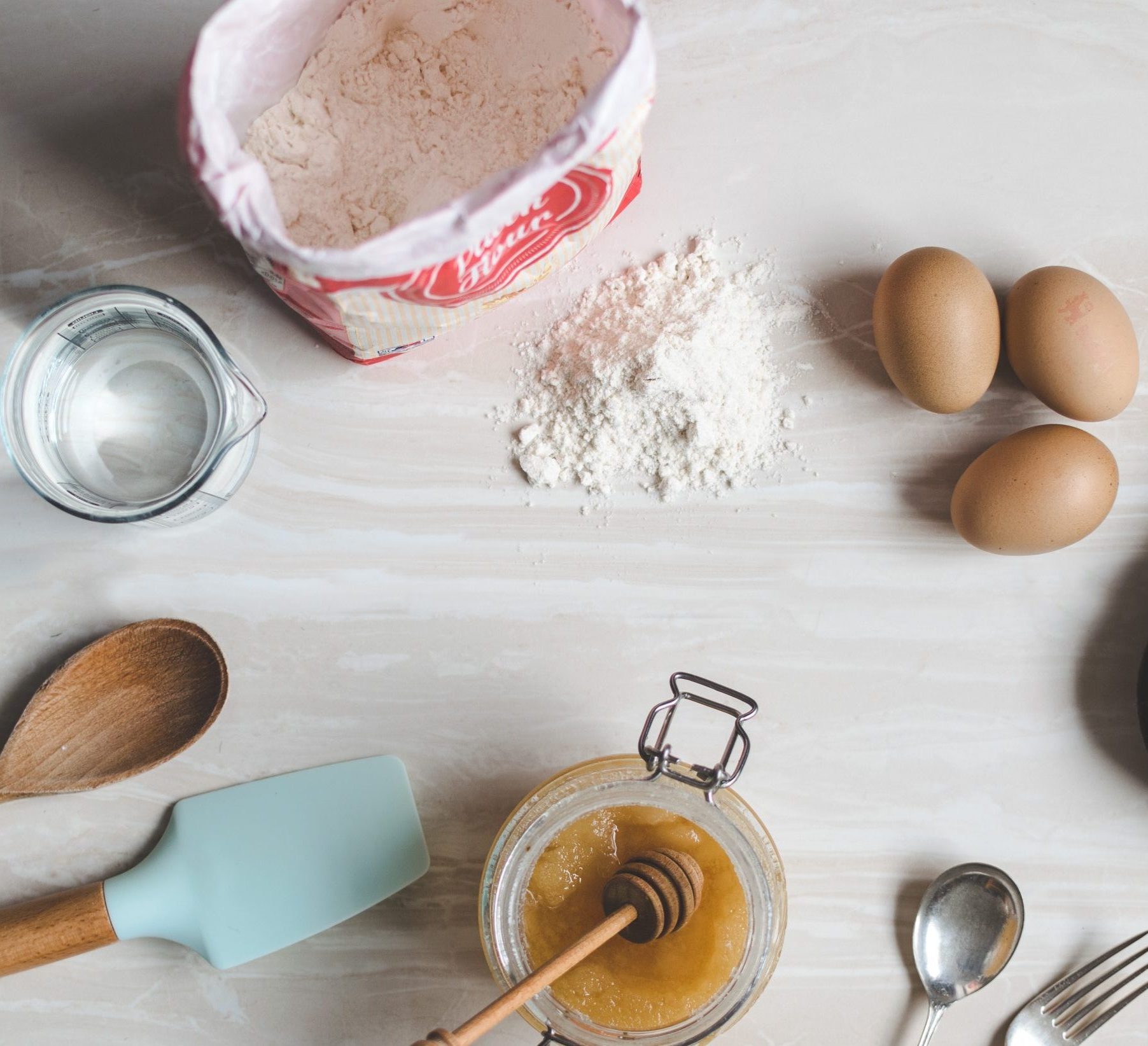Try making some pancakes for breakfast. You can add whichever toppings you like to go with them, although for a breakfast treat add some bananas, bacon and of course maple syrup
Baking powder and baking soda both help make biscuits and cakes have a nice soft texture. They are both leavening agents. Leavening agents are compounds that create bubbles in the batter, which expand when heated in the oven and create the texture we enjoy to eat!
Baking powder is probably the most common aerating agent in baked products like cakes. It is made up of bicarbonate of soda and cream of tartar. Baking powder is a chemical aeration agent.
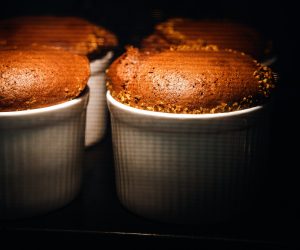
Baking soda or sodium bicarbonate – as its also known – is a compound that releases carbon dioxide gas when it is combined with an acid in water. You can tell if something is an acid (like, for example, vinegar) because bubbles form when you mix baking soda and vinegar. Baking soda is used in recipes that contain ingredients that are acids (vinegar, buttermilk, sour cream).
What about recipes that don’t contain these acidic ingredients? Then, baking powder must be used. Baking powder contains baking soda, plus an acid (in solid form). The baking soda and acid don’t react, until they dissolve in water (or in batter!). Once the batter is mixed, bubbles start to form.
These bubbles, even though they are empty, make a big difference in the way things taste.
You can test this, by using your favorite recipe. Try some of our flour recipes here. Mix up the batter without baking powder/soda and cook about half of it. Then add half the required amount of baking powder/soda and cook the rest. Observe your results. Does the baking powder/soda make it look different? Taste different?
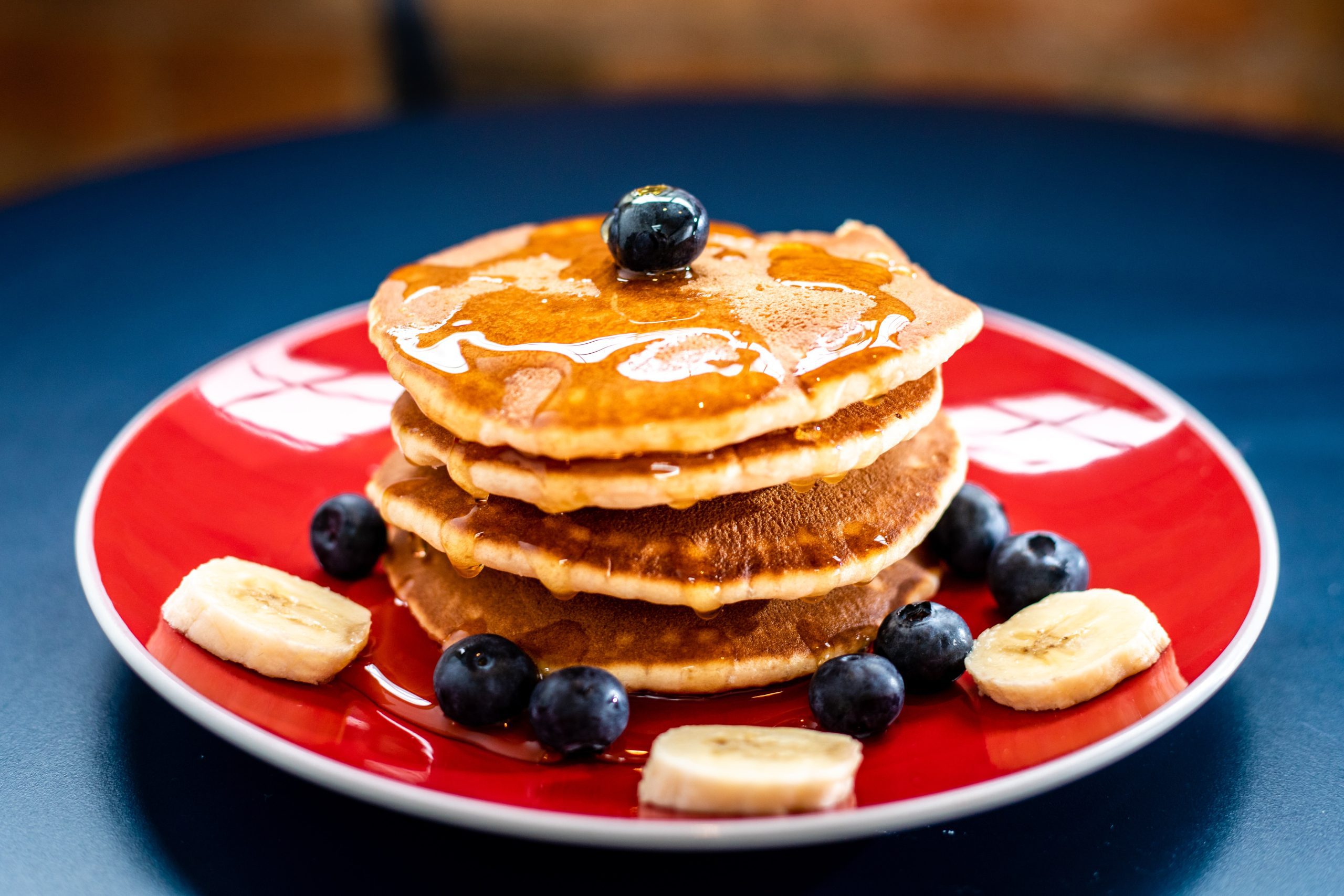
Eggs are another basic ingredient in many baked products. They provide structure, aeration, flavour and moisture. They also tenderise cakes and add colour and nutritive value.
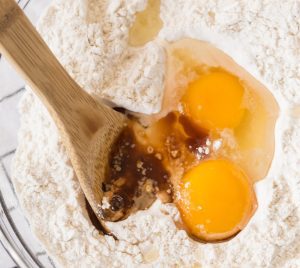
Fats and oils Generally, fats are solid while oils are liquid. Fats come from a variety of animals and plants. Oils mostly come from plants. In baking, butter, margarine, shortening and oils are commonly used. Their main functions are to shorten or tenderise the product, to trap air during creaming and so aerate the cake during baking to give good volume and texture, to assist with layering in puff pastry, to help prevent curdling by forming an emulsion, and to add flavour. They also provide some nutritive value. It is important to add the correct amount of fat as too much far will make the baked product greasy and unpleasant to eat, while too little fat will leave you with a product that lacks flavour and stales quickly.
Flour is the ingredient on which most baked products are based. Flour is made up of starch, protein, sugar and minerals. The protein content decides what the end use of the flour will be.
Flour Types
We explain the different flour types used to make a range of bakery products.
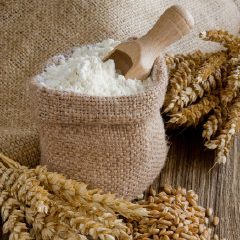
Milk is used in baked products to improve texture and mouthfeel. The protein in milk also gives a soft crumb structure in cakes, and contributes to the moisture, colour and flavour of a baked product. Cakes that contain milk also tend to have a longer shelf life.
Salt is usually only added in very small amounts to baked products, but it has a noticeable effect on the flavour of baked products. It not only provides its own flavour but brings out the natural flavour of other ingredients. In bread doughs, salt strengthens gluten and improves the consistency of the dough. Carbon dioxide given off by the yeast is more easily trapped by the strengthened gluten, which makes a better loaf of bread. Salt is also a good preservative as it absorbs water so there is less free water for bacterial and fungal growth.
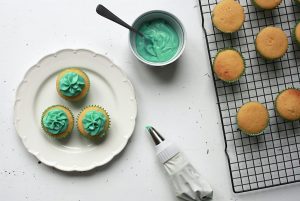
Sugar gives cakes and other baked products sweetness and is used in many forms and many ways. In yeast raised products, sugar acts as food for the yeast. In cakes, sugar assists with the aeration and stabilising of batters. Sugars improve the crust colour of baked products, improve flavour and help to retain moisture, keeping products softer for longer and so reducing staling. Examples of sugar forms are granulated sugar, castor sugar and icing sugar. Sugar also comes in liquid forms such as syrup, treacle, corn syrup, honey and caramel.
Yeast belongs to the fungi family. It ferments carbohydrates (sugars) to produce carbon dioxide gases and alcohol, which aerate bread and other yeasted products, giving it volume and texture. These by-products of yeast also contribute to the colour and aroma of bread and other yeasted products.

